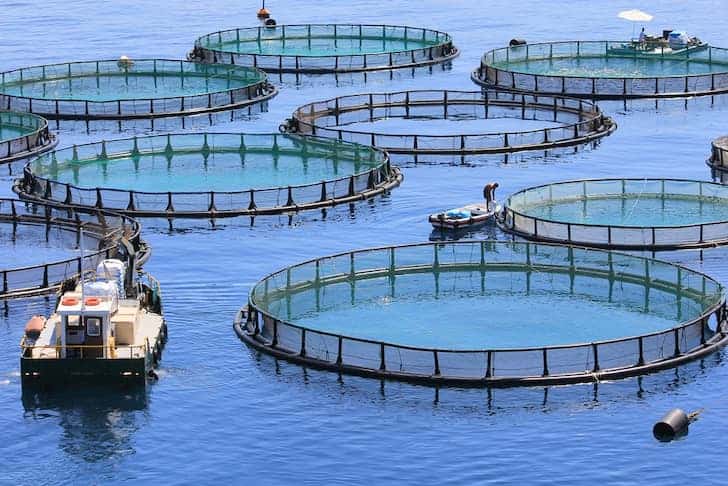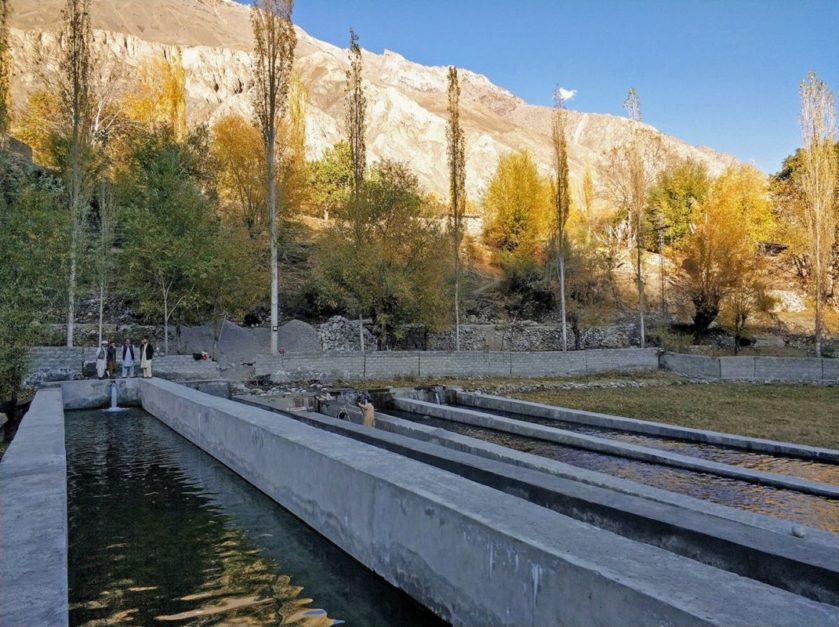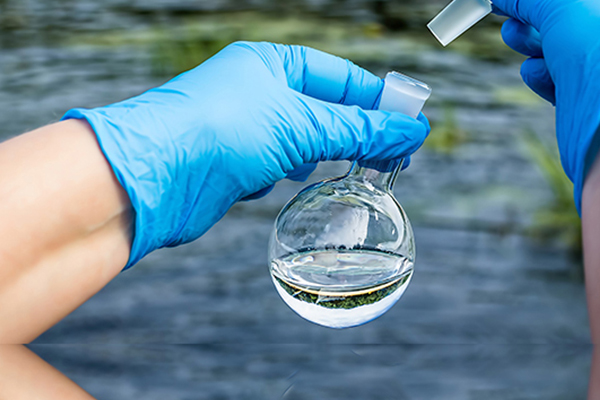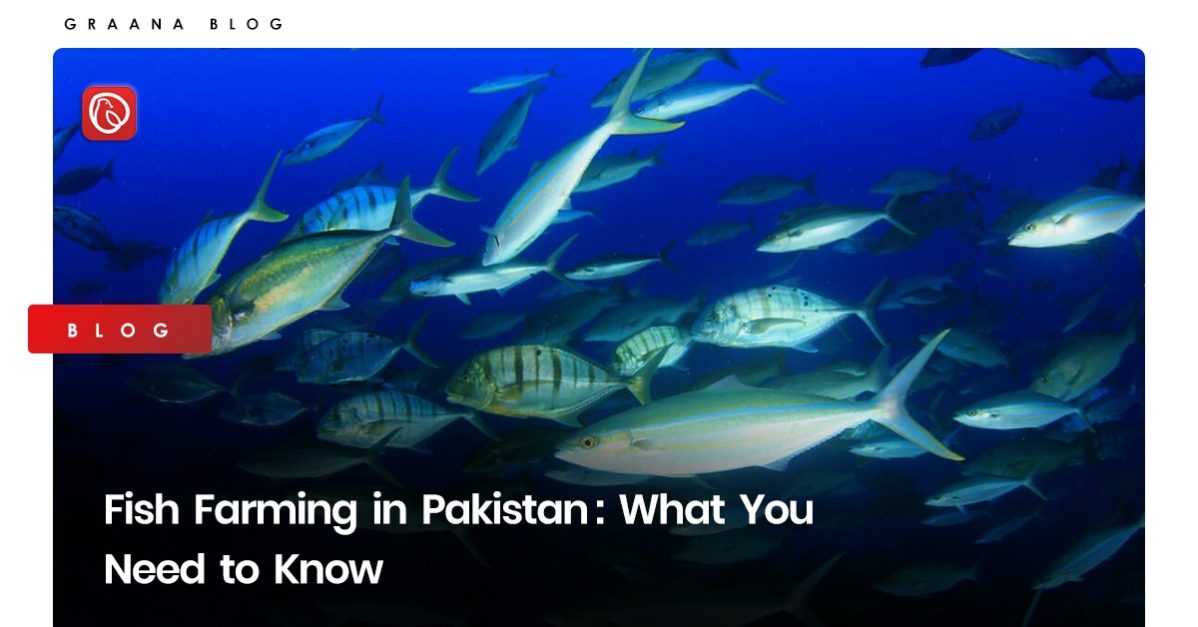Fish farming in Pakistan is a rapidly growing industry that plays a significant role in the country’s economy. It is considered to be one of the best business ideas in Pakistan. The warm waters and varied coastline of Pakistan are an ideal environment for a variety of fish species, making it well-suited for both marine and freshwater fish farming.
Despite facing challenges, such as limited access to credit and a lack of infrastructure, the industry has seen significant growth in recent years and is considered a key contributor to food security in Pakistan. With a growing population and, thus, an increase in demand, fish farming has the potential to boost the economy to a greater degree.
Graana.com has prepared a detailed guide regarding fish farming in Pakistan below.
What Is Fish Farming?

Fish farming, also known as aquaculture, is the practice of breeding, rearing, and harvesting aquatic plants and animals, such as fish, shellfish, and seaweed, in controlled environments like tanks, ponds, or coastal enclosures.
It can include both freshwater and marine species and can be done in saltwater or freshwater environments. The goal of fish farming is to produce a sustainable source of seafood, supplement wild fish populations, and provide a source of income for farmers.
There are different types of fish farming (such as extensive, semi-intensive, and intensive) and these use different methods such as pond culture, cage culture, pen culture, and recirculating aquaculture systems.
Benefits of Fish Farming
Fish farming offers a number of benefits, including:
Food security
Fish farming can increase food production and provide a reliable source of protein for local communities and on a larger scale for the whole country.
Economic benefits
Fish farming can create jobs and generate income for farmers and local communities, especially in rural areas.
Environmental benefits
Fish farming can be a more sustainable form of protein production compared to other types of agriculture, as it requires less land and water, and produces less greenhouse gas emissions.
Biodiversity conservation
Fish farming can help conserve wild fish populations by reducing pressure on wild stocks through farming.
Versatility
Fish farming can be done in a variety of environments, including freshwater, saltwater, and even in land-based systems, providing a diverse range of options for farmers.
Year-round production
Fish farming can provide a consistent supply of fish all year round, unlike the seasonal nature of wild fishing.
Reduced pressure on wild fish
Fish farming helps reduce the pressure on wild fish stocks, by providing an alternative source of fish for human consumption.
Reduced risk
Fish farming allows farmers to have more control over the environment and can reduce the risk of crop failure due to natural disasters or diseases.
Selecting a Site for Fish Farming in Pakistan

When considering a location for fish farming, it is important to choose an area that is not prone to frequent flooding and has adequate elevation to ensure farmers can drain the area in case of emergency. The location should also have suitable texture, ample water supply, and access to necessary inputs, plus it should be easily accessible during the rainy season.
Potential areas for trout farming in Pakistan include places like Chitral, Haripur, Kaghan, Kalam, Madyan, Murree, Azad Kashmir, and Skardu due to their suitable temperature and water and soil conditions. Additionally, the high demand for trout during the peak tourist season in these areas should also be taken into account.
Tilapia farming has a greater potential in Pakistan, in areas such as Awaran, Khuzdar, Lasbela, Sibbi, Bannu, Charsadda, D.I. Khan, Karak, Kohat, Mardan, Nowshera, Swabi, Hyderabad, Nawabshah, Sukkur, Shikarpur, Thatta, D.G. Khan, Faisalabad, Gujranwala, Gujrat, Multan, Muzaffargarh, Okara, Sahiwal, Vehari and other areas with suitable climate and soil and water conditions.
It is recommended to contact the Fisheries Development Board before starting a project to ensure a clear understanding of the geographical and technical aspects of the location.
Soil Sampling for Fish Farming
To assess the suitability of a site for fish farming, soil samples should be collected from the area. These should be taken both from the surface and from slightly below the depth of the anticipated bottom of the pond.
For example, if the plan is to excavate three feet of soil, the samples should be collected from a depth of between three and four feet. The samples can be collected by using a soil auger to drill into the desired depth and then placing the soil from the auger head into a labelled plastic bag.
This should be labelled with the name of the farm, the location, and the depth at which the soil sample was taken. The sample should then be sent to a laboratory for analysis.
Fish Farm Design
The size of a production pond or grow-out pond for fish farming should be one acre for every 2.5 acres of total area, with a length-width ratio of 2:1.
The size of a nursery pond should be at least half an acre, and the nursery area should be 1/8th of the total production area of the fish farming project. It’s crucial that each production and nursery pond should have separate inflow and outflow structures to manage the water level in the pond.
Water Quality for Fish Farming

Water quality is a critical factor in fish farming, as the health and growth of fish is directly impacted by the quality of the water they live in. There are several key water quality parameters that must be monitored and controlled in a fish farm, including:
Temperature: Fish have specific temperature requirements and can only survive within a certain range. For example, trout require temperatures between 50-60°F.
pH: Fish also have specific pH requirements, and the pH of the water must be maintained within the appropriate range for the species being farmed.
Dissolved oxygen: Fish require a certain level of dissolved oxygen in the water to survive. This is typically measured in mg/L.
Ammonia and nitrite: High levels of these compounds can be toxic to fish and must be kept at low levels.
Salinity: Some fish species require freshwater, while others can tolerate or even require saltwater.
Turbidity: Suspended particles in the water can cause problems for fish and must be kept at a low level.
It is important to have regular water quality testing and monitoring to ensure the parameters are within the optimal range for the fish species being farmed, and to take necessary steps to maintain the water quality.
Fertilisation/Manuring of Fish Farm
Before filling a new pond with water, it is recommended to add organic manure to the bottom of the pond. Ideally, this should be 5,000 to 6,000 kg per acre of cow dung or poultry waste.
To maintain the productivity of the pond throughout the growth period, which is typically from March to October, similar quantities of manure should be added on a periodic basis.
In addition to manure, fertilisers should be applied on a fortnightly basis during the growth period. The application procedures depend on the type of fertilisers used.
Manure should be spread evenly on the bottom of the pond, while fertilisers should be dissolved in water and then evenly distributed on the surface of the pond water.
Setting Up a Trout Fish Farm in Pakistan
When planning a raceway fish farming project, it is important to consider the potential challenges that may be encountered during operations. One of the main benefits of using recirculation systems is that they offer higher production per unit of space compared to other methods.
Additionally, raceways allow for better observation of the fish. This improves feeding efficiency and facilitates the early detection of disease. If early signs are detected, treating the fish in raceways becomes easier plus it requires fewer chemicals compared to treating a similar number of fish in a pond, due to the higher density in the raceway.
Furthermore, they provide better monitoring of growth and mortality and more accurate inventory estimates than ponds.
Raceways also provide greater flexibility in management inputs, such as size grading, and make harvesting easier. However, these systems also have their downsides. They may create favourable conditions for disease outbreaks and the growth of opportunistic microorganisms.
Stressful conditions in recirculation systems such as low water quality or high stocking densities in the culture tanks can also lead to disease outbreaks.
Additionally, non-infectious problems, such as high levels of ammonia, nitrites, carbon dioxide, suspended solids or ozone residuals in water, can result in high mortality rates.
Required Investment for Trout Fish Farming in Pakistan
The required investment for trout fish farming in Pakistan will depend on several factors. These include the size of the farm, the type of infrastructure and equipment needed, and the cost of inputs (such as fish feed and fingerlings).
A rough estimate for a small-scale trout farm in Pakistan would be around Rs. 7-8 million, but this can vary greatly depending on the specific details of the project.
It is recommended to consult with a local fish farming expert or agriculture department for more accurate cost estimates.
For more informative blogs, visit Graana blog.




